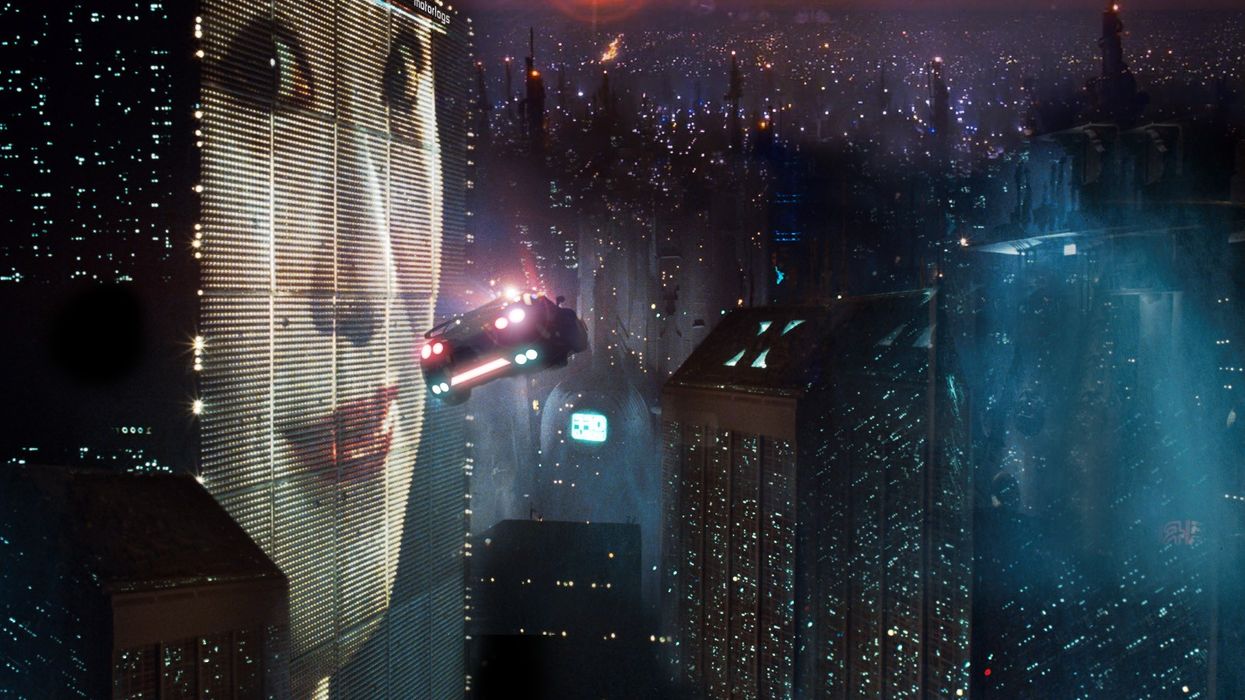Watch: How Ridley Scott Built the Most Effective Sci-Fi World in Cinema History in 'Blade Runner'
As 2019 draws ever closer, why does Scott's dystopian vision still feel so real?

Blade Runner’s Los Angeles of 2019 stands out as one of the strongest examples of world building in film history. Ridley Scott ushers us into a decaying industrial world, one that even in 1982 seemed all too realistic an outcome for the course of humanity.
Scott’s ability to immerse the viewer fully into the worlds he creates is probably best seen in his early work; films like Alien and Blade Runner were the perfect match for his visual style. Perhaps Blade Runner is so memorable, however, due to Scott's ability to ground the film’s science fiction in realism.
Viewfinder breaks down all of the keys to Scott's success in the video essay below.
Extreme Shot Depth
Blade Runner provides us with the best example of Scott's ability to form a multi-layered and complex composition within his frames. He will find as many different ways to add layers onto his shot as he can. This depth immerses audiences fully into the world, allowing us to feel what life is like on the streets of Los Angeles 2019 more viscerally. As the action of the scene takes place in the foreground or background, other elements are woven in and out of the picture. Scott is truly a master at this; he even plays with different reflections and lighting sources within the context of his frame that often hit the viewer's eye as optical illusions.
Production Design
Blade Runner (like Alien) was blessed with some of the most incredibly detailed production design ever seen. This is precisely because Scott surrounded himself with extremely talented collaborators and trusted that their talent would boost his own vision. Of course, H.R. Giger’s work on Alien is iconic, but with Blade Runner, artists like Syd Mead provided the first step to getting that industrial feel in place. The best production design will enhance the traits of the protagonist, and Mead’s noir-blues aesthetic certainly serves to boost Decker’s trademark moodiness.
Art Direction
This may be a matter of opinion, but there’s always something that just feels more real about the practical effects used in erstwhile science fiction films than the CGI so prominent today. And Blade Runner is a pretty good case study as to why. The lot on which they shot the film, Burbank Studios, was used for a huge number of Hollywood productions in the past. It was an extremely difficult task to mask the familiar scenery with something completely new and futuristic.
One particularly innovative way the Blade Runner team achieved this was by retrofitting the buildings on the lots. They physically took the guts of the buildings and turned them inside out, displaying their inner workings upon the exterior. This way, pipes and tubes replaced the generic surfaces and contributed to the retro-futuristic aesthetic of it all.
The rain, fog, and weather in combination with the multitude of neon lights not only contributed to the mood of the project, but played towards Scott's tendencies of layering his shots. Speaking of layering, the final ingredient of Blade Runner's successful world-building was matte painting. Matte painting was a style extremely popular in the 70’s and 80’s, perhaps most famously employed in the original Star Wars films, that has unfortunately all but disappeared in our modern cinematic world.
Source: Viewfinder

















